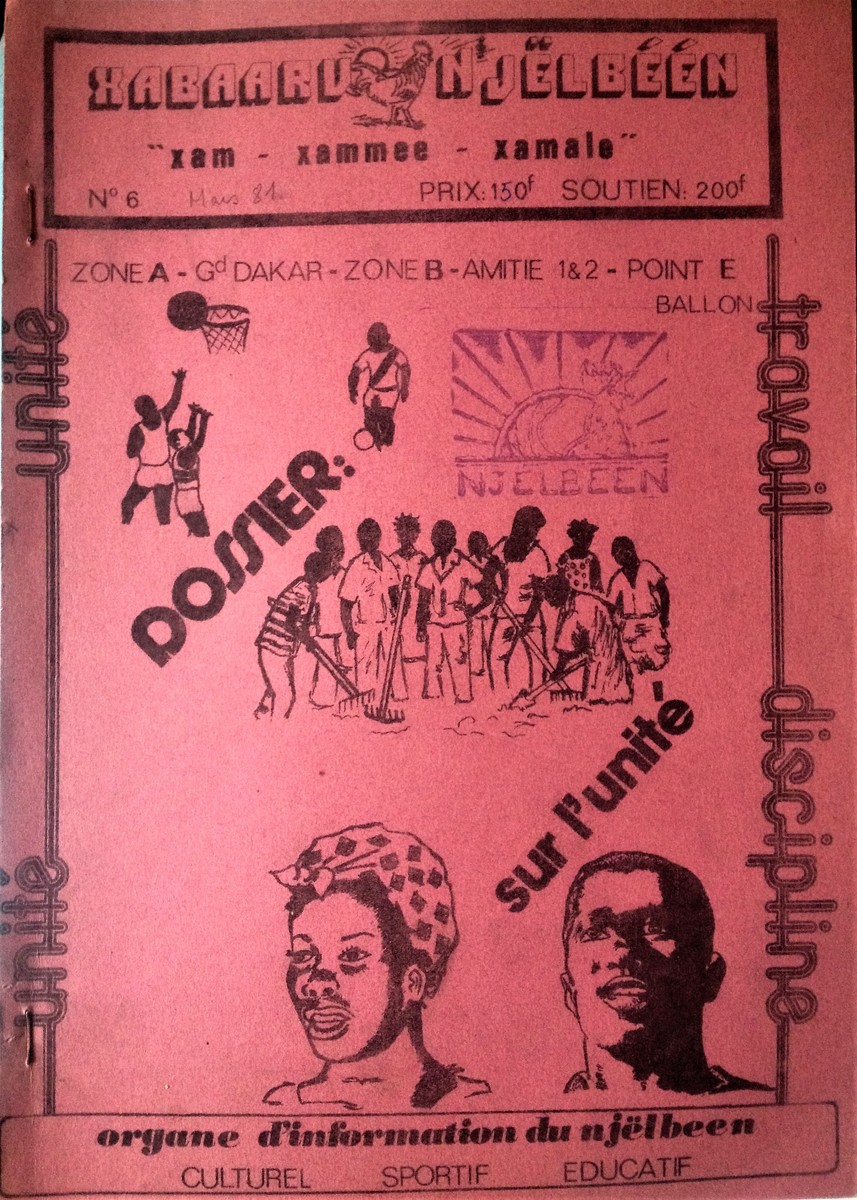The Revolution Will Come in a Form We Cannot Yet Imagine
For over two centuries, print media has been a space for varied experiences. Born out of urgency and often in the colonial context, in line with a critical, political, aesthetic, poetic and literary ambition, journals helped to sustain the graphical and scriptural creativity whose scarcity deserves a mention. They have constantly appeared in the struggles that women and men have waged for their emancipation. Made up at once of formal singularities and political objectives in favour of human communities and their aspirations, the journal, this fragile object, often put together in difficult material, social and political conditions, motivated by noble causes and the determination of committed authors, reveals a rare aesthetic power. In this all-digital era, we must re-establish and qualify its formal, aesthetic and political function on a global scale. This exhibition is in two parts.
1968 – 88: The morning after the revolution?
50 years ago in May 1968, students of Cheikh Anta Diop University, at the time the University of Dakar, organized a series of strikes and protests against the regime in power. They sought not only to denounce the living conditions of students, but also, to demand more generally that the country’s leaders act in the interest of the general public.
There is however a crisis of memory with regards to May 68 in Dakar, insofar as the visual history of the event is essentially inaccessible or has been destroyed. This exhibition of archives from the Front Culturel Sénégalais, Njëlbéén, Jonction, Taxaw and other artistic movements and initiatives born out of the general momentum created after May 68 represents a response to the forgotten history of May 68 in Dakar and draws us into an important period of clandestine cultural production in Senegal where the demands of 68 took aesthetic form.
* (The Undercommons: Fugitive Planning and Black Study, F. Moten and S. Harney, p.11)
Seismography of struggles – Towards a global history of critical and cultural journals
This video and sound installation presents an inventory of non-European journals or those produced in the diaspora in
the wake of the revolutionary movements of the end of the 18th century up to the watershed year of 1989 and the end of a world dominated by two blocs. The populations of the territories mentioned in this sound and visual work all experienced colonialism, practices of slavery, Apartheid and genocides. Others experienced violent dictatorship and brutal political and cultural convulsions. The struggle against slavery may be at the root of what can be called a critical or cultural journal, namely a matricial object of modernity. Such is the case with the struggle against colonialism. While, due to its very nature, colonialism impacted the social and cultural cohesion of a number of communities, it was also fought hard in writing and in gestures.
Seismography of struggles is the outcome of a lengthy research process undertaken at the French National Institute of Art History as part of the “Globalized Art History” research area, which launched “Globalization, Art and Prospective – GAP”
in 2015, thus enabling the completion of an inventory project and the exploration of non-European cultural periodicals on a global scale.
